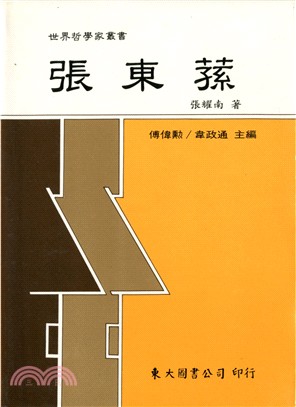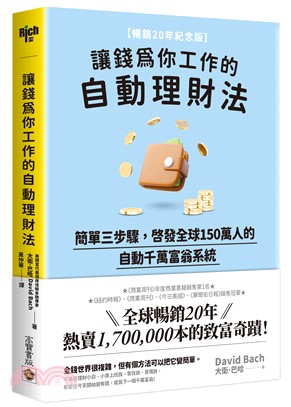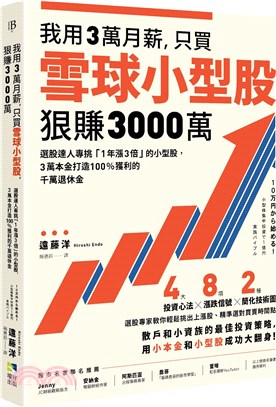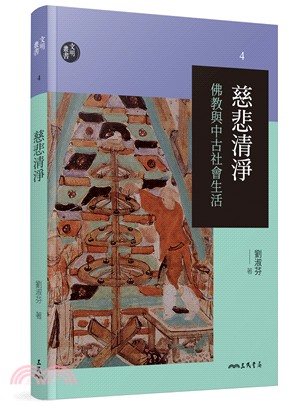Transformation ― Art in East-central Europe After 1989
商品資訊
定價
:NT$ 3025 元無庫存,下單後進貨(到貨天數約30-45天)
可得紅利積點:90 點
相關商品
商品簡介
作者簡介
商品簡介
The year 1989 marked the end of one era and the beginning of another—the period of postcommunist transformation. Similar processes were taking place in other former Eastern Bloc countries that were declaring free elections, reclaiming full sovereignty, building democracy, and completely changing their economies in favor of free market capitalism. The several historic months in the latter half of 1989 came to be known as the “Autumn of Nations” and ushered in the total liberation of East-Central Europe from Soviet domination. Less than two years later, the Soviet Union itself collapsed, signaling the end of the Cold War in Europe. The new era brought not only political and economic changes, but also cultural ones which would lead to reclaiming individual liberties and other civil rights, as well as to the rebuilding of national identities within the European community which could now, finally, encompass the entire continent. Culture became a moving force for change, as censorship was abolished, monuments to communist heroes were removed, and streets renamed.
The radical cultural changes reverberated in the art of the period, its ideology, and the system of institutional sponsorship that promoted the three approaches most popular with artists. Many of them engaged in the changes directly, creating works that either commented on current events or proposed what they believed to be the right direction for the transformation to take. Others, although preferring to observe from a distance, highlighted the diverse contexts and historical antecedents generated by the cultural identities of countries, regions, or even artistic centers, in which the changes were rooted. The third contribution of contemporary art was its role in shaping how we remember the communist period, by on the one hand questioning the past, and on the other accenting the persistence of the traces it left behind, thereby inviting reflection on its negative as well as its positive ramifications. The art created in these circumstances and that related directly to the post-1989 transition, democracy, and a free market economy can be united under the name “art of the transformation” and it is the subject of this publication.
The radical cultural changes reverberated in the art of the period, its ideology, and the system of institutional sponsorship that promoted the three approaches most popular with artists. Many of them engaged in the changes directly, creating works that either commented on current events or proposed what they believed to be the right direction for the transformation to take. Others, although preferring to observe from a distance, highlighted the diverse contexts and historical antecedents generated by the cultural identities of countries, regions, or even artistic centers, in which the changes were rooted. The third contribution of contemporary art was its role in shaping how we remember the communist period, by on the one hand questioning the past, and on the other accenting the persistence of the traces it left behind, thereby inviting reflection on its negative as well as its positive ramifications. The art created in these circumstances and that related directly to the post-1989 transition, democracy, and a free market economy can be united under the name “art of the transformation” and it is the subject of this publication.
作者簡介
Andrzej Szczerski is a historian and art critic, assistant professor in the Art History Institute of the Jagiellonian University, and the research deputy director of the National Museum in Krakow in 2016–2018. He is the author of numerous publications on nineteenth- and twentieth-century art as well as contemporary art, including Four Modernities: Texts About Polish Art and Architecture in the Twentieth Century (2015). He is curator of numerous exhibitions, including Modernizations 1918–1939. The Future Perfect in the Museum of Art in Lodz (2010), The Power of Fantasy. Modern and Contemporary Art from Poland in BOZAR Centre for Fine Arts in Brussels (2011) Lviv, 24th June 1937. City, architecture, modernism in Museum of Architecture in Wroclaw (2016/2017), and #Heritage in National Museum in Krakow (2017/2018).
主題書展
更多
主題書展
更多書展本週66折
您曾經瀏覽過的商品
購物須知
外文書商品之書封,為出版社提供之樣本。實際出貨商品,以出版社所提供之現有版本為主。部份書籍,因出版社供應狀況特殊,匯率將依實際狀況做調整。
無庫存之商品,在您完成訂單程序之後,將以空運的方式為你下單調貨。為了縮短等待的時間,建議您將外文書與其他商品分開下單,以獲得最快的取貨速度,平均調貨時間為1~2個月。
為了保護您的權益,「三民網路書店」提供會員七日商品鑑賞期(收到商品為起始日)。
若要辦理退貨,請在商品鑑賞期內寄回,且商品必須是全新狀態與完整包裝(商品、附件、發票、隨貨贈品等)否則恕不接受退貨。
























